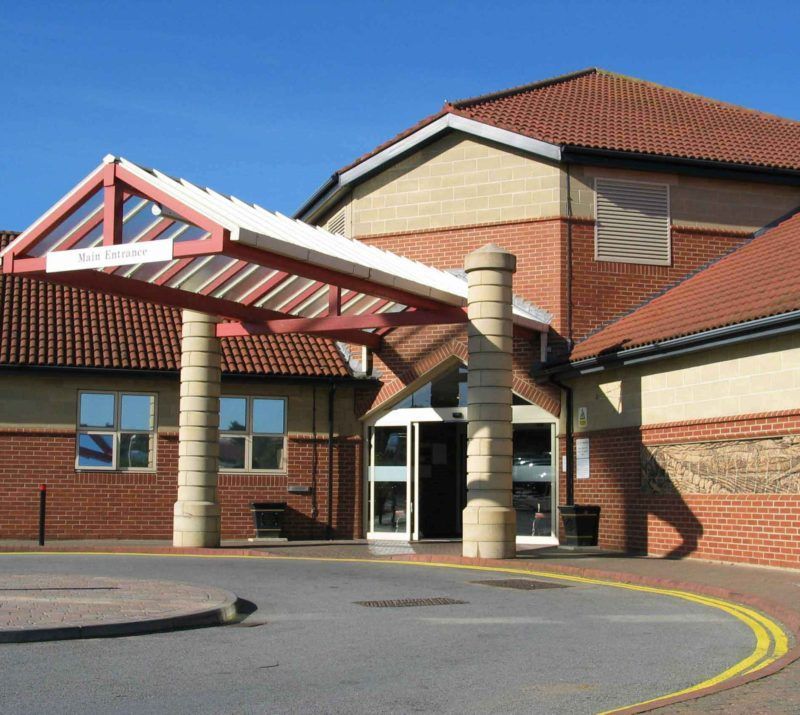Keyhole pipe surgery restores hospital drainage system

Drainage engineers from Lanes Group plc have carried out a programme of no-dig drain repairs at a primary care hospital in North Yorkshire, restoring the system to good health.
In a process akin to keyhole surgery on the human body, they inserted 52 ‘patch liners’ in underground pipes at East Cleveland Primary Care Hospital in the village of Brotton.
The hospital, run by South Tees Hospitals NHS Foundation Trust, provides a wide range of services, including general rehabilitation and assessment, diagnostics, drug initiation and administration, and pain control.
Drainage teams based at the Lanes depot at Stockton-on-Tees carried out the drain rehabilitation work on behalf of Team Build Construction without causing disruption to hospital services.
Lanes Area Development Manager Doug Meynell said: “Rehabilitating pipes by lining them is the least disruptive way to restore drainage systems across busy public sites like hospitals, schools or shopping centres.
“Our pipe lining teams take up very little space and are very experienced at working safely and productively in live environments, so NHS patients and other visitors would have barely known we were there.”
Lanes had previously carried out a full-site CCTV drainage survey, providing details reports backed by HD-quality video clips, gathered with pushrod and robotic cameras, which showed the extent of damage to the pipes.
Problems found included circumferential and longitudinal cracking, displaced joints and root ingress. A programme of drain rehabilitation work was approved by Team Build to resolve the problems.
A series of remote structural repairs, also known as patch liners, were installed to strengthen the surface water and foul drainage pipes, and to prevent water from getting into or leaking out of the system.
In a repair programme that lasted three weeks, the Lanes drainage teams used a process called ambient cure in place pipe lining (CIPP) to repair each broken pipe.
A resin-impregnated glass-fibre sleeve wrapped around an inflatable rubber packer was guided into the pipe to the point where it was damaged.
The packer was then inflated with compressed air, pushing the liner against the pipe, where it was left to harden – or cure – a process that usually takes about 90 minutes.
With the packer removed, the liner creates a new pipe-within-a-pipe, adding decades to the life of the drain line. A combination of straight liners and special curved liners to accommodate bends in the pipes were installed.
Doug Meynell said: “The only alternative to this no-dig CIPP technique would have been to carry out 52 excavations and replace each section of cracked pipe.
“This would have been exorbitantly expensive and caused major disruption to hospital services. With careful planning by our teams, and close partnership working with Team Build, all that was avoided.
“Also, because the patch lining could be carried out while the hospital’s drainage system was still in use, the work could be done during daylight hours, avoiding the need for more costly night-time work.”







